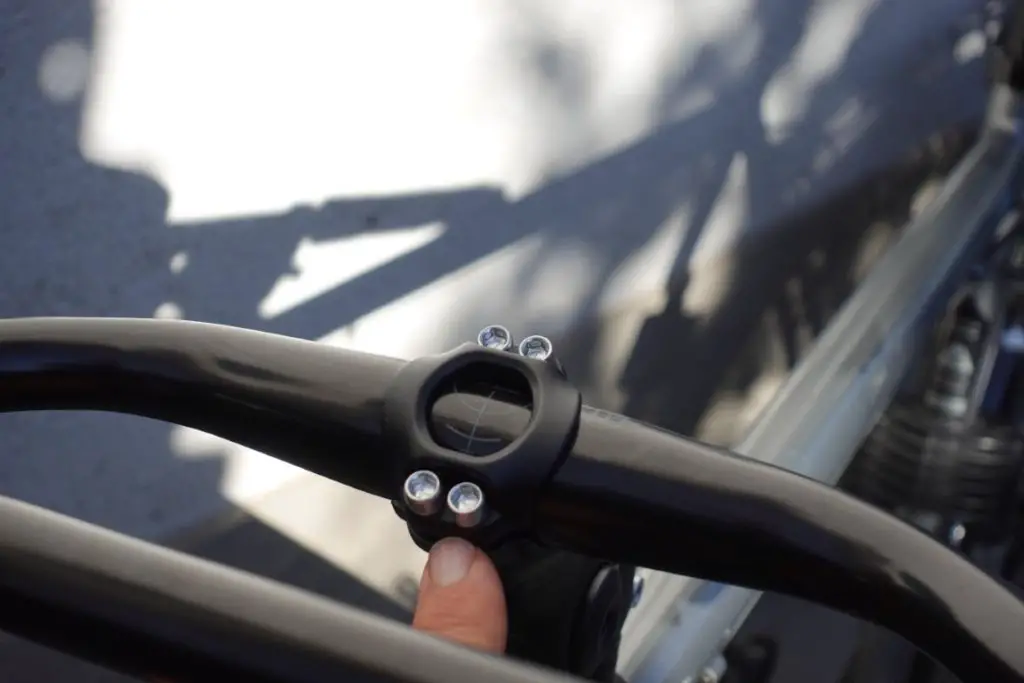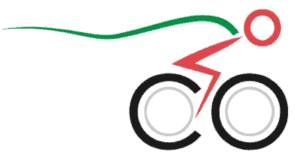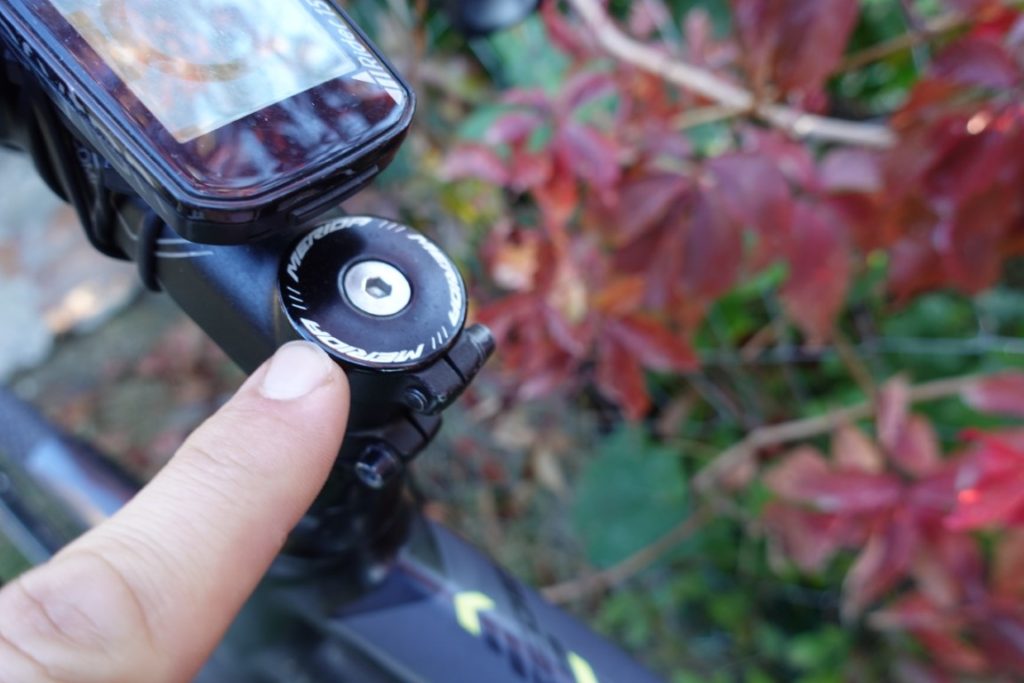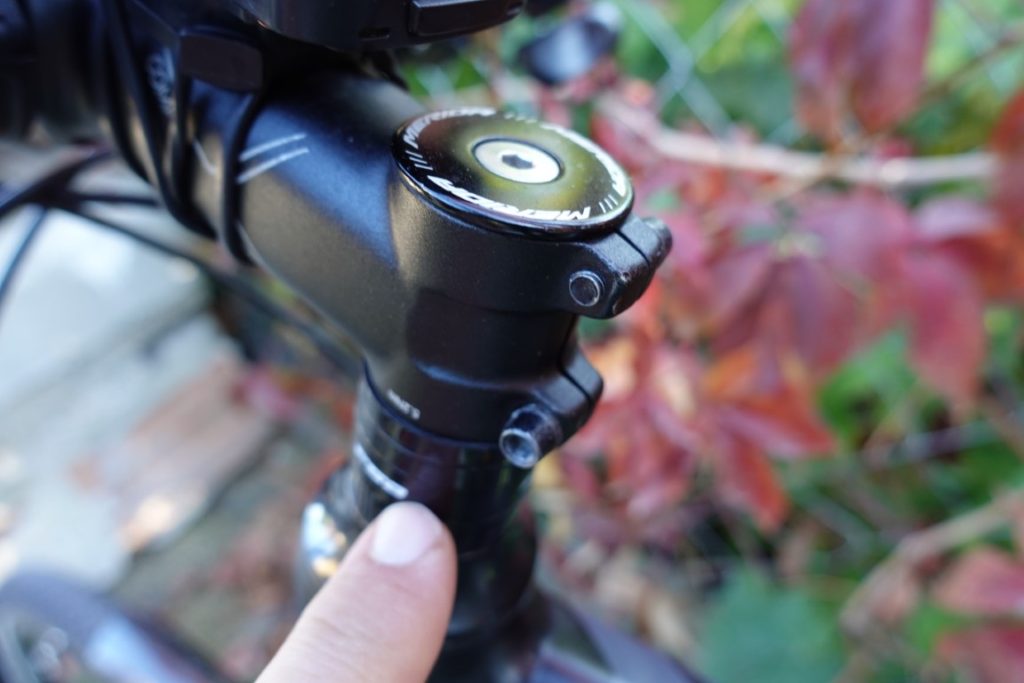Does your bike feel wobbly? Do you have a handlebar that feels unstable and unsafe to ride on? If so, don’t worry. You are not alone.
Many new cyclists experience the same feeling when they first start riding their bicycles for the first time. This article will give you some tips on how to identify what is causing your bike to feel wobbly and show you how to fix it! What makes a bike wobbly in the first place?
Bicycles usually wobble either because of a loose bolt, improper adjustment, or improper spoke tension. Most of these problems can be fixed at home using a spanner, hex keys, or a spoke key depending on the type of wobble you experience.
Here are the most common reasons why your bike may feel wobbly and some simple ways to fix it.
Electric bikes built for everything and priced for everyone. Shop Rad Power Bikes, America's #1 electric bike brand. Get out. Go further. Ride Rad.
Loose head tube bolts
If you experience the wobble from the handlebar, but the bike wheels feel sturdy and have no give, the first thing you should check is your headtube bolts.
This is one of the quickest fixes for a bike that feels wobbly. By making tightening these bolts, you can increase the stability of your handlebars.
As the bike vibrates when you ride it, bolts can come loose, which translates to a bike that feels unstable. A lot of times, it is that these bolts need to be tightened to get the handlebar to stop wobbling.
Inspect the bolts on your bicycle’s head tube located at the front of your frame. If you notice that either bolt has been loosened or seems loose, tighten it with a hex wrench to stop any wobbles.
This should solve the problem and allow you to ride your bicycle more comfortably.

Improper brake adjustment
Improper brake adjustment is a common cause of a bicycle that feels wobbly. Brakes are often overlooked when inspecting a bike, but they may need to be adjusted from time to time for the bike to feel comfortable.
You know that your brake is not well adjusted when you only experience the wobble when braking.
This can happen to both disc and rim brakes.
On bikes with disc brakes, check the disc alignment and make sure that it’s not deformed. When you spin the wheel, the disc should be in the dead center throughout the entire wheel revolution. As you apply the brakes, the pads on both sides should rub at the same rate.

If you notice that the disc has been deformed, you can straighten it back with your hands with a clean rag or a pair of pliers.
Loose rim brakes can lead to wobbling too. In this case, you need to check the screws and bolts that hold the calipers in place. They should be able to move in and out, but they shouldn’t have a for-aft movement.
Improperly adjusted front brakes can lead to more wobbling, but it is worth checking out both the front and the rear brakes from time to time. Inspect your front and rear brakes.
Wobbly wheel hub
A bicycle wheel’s hub is what connects the axle to the wheel. It also houses the bearings. A wobbly hub will cause an unstable, slippery, and wobbly wheel.
If your wheel feels this way, look at your wheel hubs for any loose spokes or screws. These issues may be the cause of the problem.
Sometimes the problem lies a little bit deeper and the bike wheel hub needs some attention. If the wobble comes from the wheel hub, your bearings may need a thorough cleaning or your axle may have broken. Although these are not very complicated problems to fix, they need some knowledge and experience.
Here’s a video on how this is done, but if you don’t feel confident, then it’s best to leave it to the mechanic at your local bike shop.
Loose handlebar
If you feel that your handlebars are wobbling but the rest of the bike feels stable, it’s usually an easy fix.
Check and tighten the bolts of the clamp holding the handlebar to the stem. If so, tighten it with a screwdriver or hex wrench by turning it clockwise, making sure not to overtighten it.

If the handlebar is still wobbly, then the root of the problem is actually the stem, and it might be time to replace it with a new one that’s tighter and stronger. A damaged or worn-out limb can also make your bicycle feel unstable while riding on bumpy surfaces or when you go at high speeds.
Spoke tension
Since bicycle wheels support your weight by applying force to the spokes that link the rim to the wheel hub, riding your bike regularly, through rugged terrain, or in an accident can cause the spokes to become unevenly tensioned, causing the wheel to wobble when riding. This sort of wobbling can cause uneven braking and the possibility of wheel damage.
Side to Side Wobble
If it’s wobbly from side to side, one of two things might be wrong. First, your cup-and-cone bearings could be loose, or your wheel could be out of true slightly buckled.
To fix this problem, follow these methods:
- Turn the bike upside down or, if you have one, place the unstable wheel in a truing stand
You must be able to freely spin the wheel, allowing you to observe where it wobbles and make minor adjustments.
Turning the bike upside down is usually sufficient. Still, precise technicians can use a truing stand, which keeps the wheel in position and has little calipers that allow you to detect even the tiniest wobbling.
- Locate the rim bend by noting where the wheel becomes closer to the brakes.
Spin the wheel, keeping an eye on the brakes to see where it swings to each side. Stop the bike with your fingers at this point, noting where it is, or use a permanent marker to measure the wobbling.
Hold the marker at a consistent height and spin the wheel so that any wobbling hits the quality and creates a streak.
- Recognize how spokes are tightened and rotated.
The method for tightening spokes appears counter-intuitive at first because you’ll be rotating spokes on both the top and bottom of the wheel.
It appears to violate the “righty-tightly” rule you’ve grown up with, but there’s another way to look at it. Assume you are gazing down at the top of the spoke where it meets the rim.
If you were to insert a screwdriver into the top of the spoke, you would tighten it by turning it clockwise and loosen it by turning it counterclockwise. If you’re unsure, consider which way you’d turn this screwdriver and spin appropriately.
- Grip the spokes around your issue region and softly squeeze to check for looseness.
Feel your other wheel or the spokes on the opposite side of the wheel if you’re unsure what “loose” means. While not all wobbly wheels have visibly loose spokes, most do, pointing out the specific spoke where there is a problem.
Tighten a spoke until it is roughly the same tension as those surrounding it if it is excessively loose.
- Even if a spoke is severely loose, you should still attempt to repair it. However, if this occurs frequently, you may want a new rim; otherwise, it should be an uncommon occurrence.
- In rare circumstances, a spoke may become too tight, resulting in a wobble. The repair procedure (seen below) is the same, but with loosening rather than tightening.
- Examine the bike for “flat spot” wobbles or a bike that isn’t “radially” true.
The most typical problem occurs when the rim wobbles from left to right, but bike tires can also tilt up and down, resulting in egg-shaped wheels or tiny flat areas when the tension isn’t precisely perfect up and down.
After you’ve fixed the rim from side to side, check sure you haven’t unintentionally pulled the wheel out of radial true. Typically, you’ll need to make a few essential modifications, but they should be straightforward.
Up & Down Wobble
If the wheels are wobbly at the 0′ and 180′ positions, causing them to be somewhat oval, this is also due to the rotation being untrue and buckled or trued wrongly. It is altogether another ballgame.
It generally occurs when the spokes are tightened more on one side than the other.
To fix this problem, follow these methods:
- Make sure the bike is as accurate as it can be laterally.
Before tackling a radial wobble, you should always finish lateral truing the bike. Radial wobbling occurs when the bicycle rim loses its completely round form, resulting in a bit of bump when pedaling.
It has more to do with the overall tension on the bike and is easier to address once you’ve worked out the side-to-side issues.
- Pin the rim and keep an eye on it from the side, noting any high areas with calipers or your fingertips.
Spin the bike and place your finger, a marker, or a pair of calipers beneath the wheel, just below where it would make contact with the tire. Then rotate the wheel and take note of where it comes into contact with the caliper.
This is where the rim has extended, and you must draw it in to get the bump out of the edge.
- Tighten the two spokes on either side of the rubbing region by half a turn.
Because one of these spokes will be on the right side of the bike and the other on the left, tightening them both evenly will draw the high point in without destroying your radial truing.
- Closer in using the calipers, a pen, or your finger, rotate the wheel and adjust as required.
Continue manipulating these two spokes until the rub is removed from the rim, using smaller and smaller turns (like a quarter-turn) to achieve more exact truing.
After each set of rotations, spin the wheel again and double-check the lateral truing to ensure you haven’t created a new wobble.
- Check that no wheel components are diving inwards, causing flat patches, and loosen as needed.
For this repair, you need to loosen the two spokes on either side of the low point. When they’re loose, you’ll be even again.
Your LBS is your friend
Don’t forget that in order to be a cyclist you don’t need to know all the ins and outs of fixing a bicycle, just as you don’t need to bike a car mechanic to be able to ride one.
Make friends with the mechanic in your local bike shop. They are usually friendly people who will gladly help you. This is what they do for a living, after all.
Happy pedaling!


